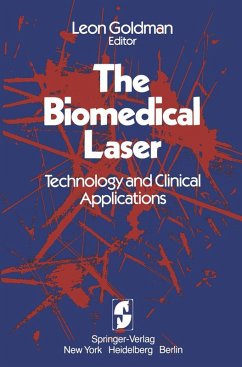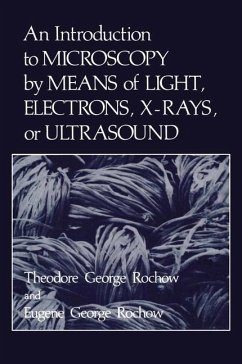
Laser Applications in Medicine and Biology
Volume 2
Versandkostenfrei!
Versandfertig in 1-2 Wochen
39,99 €
inkl. MwSt.

PAYBACK Punkte
20 °P sammeln!
In the intervening years since the publication of Volume I, the develop ment of new uses for the various types of lasers has proceeded at a rate more rapid than even the most fanciful dreamers envisioned. Of course, the main effort has been on the laser itself-new wavelengths, shorter and longer time domains for pulses, increases in power, and, most important, greater reliability. In its first stage the laser was described as a solution in search of a problem. The production of holograms was one problem whose solution seemed to involve large number of lasers. However that proposal had its own ...
In the intervening years since the publication of Volume I, the develop ment of new uses for the various types of lasers has proceeded at a rate more rapid than even the most fanciful dreamers envisioned. Of course, the main effort has been on the laser itself-new wavelengths, shorter and longer time domains for pulses, increases in power, and, most important, greater reliability. In its first stage the laser was described as a solution in search of a problem. The production of holograms was one problem whose solution seemed to involve large number of lasers. However that proposal had its own difficulties, for the hologram itself was described as a solution searching for a problem. But all of that now is a chapter from ancient history . On the current scene the laser is used in industrial pro duction lines, as a classroom item at all levels of education, and in com mercial usage such that the public is generally exposed to the laser devices themselves. Trial runs have been made, e. g. , of laser-based supermarket checkout devices and as commercial exploitation of this item begins, cer tainly many more similar adaptations will follow. However, the shift in emphasis from research usage of lasers to de velopment and production has been relative rather than absolute. The use of the laser in research has not lessened; rather it has grown at as fast a pace. Yet a similar trend is seen there also.












